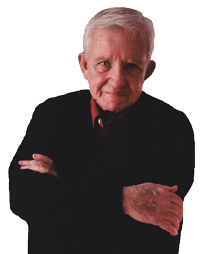I was sorry to see Little Richard pass from the scene today. I once was ushered out of a Little Richard event in a Washington hotel. It was the 1970 National Book Association convention, when authors, starved all year for attention, could show up and be invited to good parties with food and drink supplied by publishers. I had teamed up with Digby Diehl, Book Editor of The Los Angeles Times, and we had met some nice women at one of the many cocktail parties and invited them to dinner and a show at a ballroom in the host hotel. We had all had quite a bit of booze, dressed up with harmless seeming fruit juice, and we decided to dance.
Dancing was not on the menu. It wasn’t a full blown concert, but Little Richard and his group were there to be heard an respectfully appreciated. We intended no disrespect when we got up and started dancing, but two large hotel attendants (bouncers) took me and Digby by the elbows and ushered us out of there, our “dates” following.
I dont remember if we had to pay the bill or if the hotel felt it was worth it just to get us out of the place. I have no memory of such “details.” All I remember is the four of us waking up the next morning on the roof of a house in Georgetown. I don’t know how we got down, but somehow we evidently made it.
Little Richard, I meant no disrespect. I am not a good dancer (I flunked Mrs. Gates’ class). Your music inspired me to get up and try to approximate rhythmic movements. I will always be grateful.
– The Adventures of Uncle Dan

